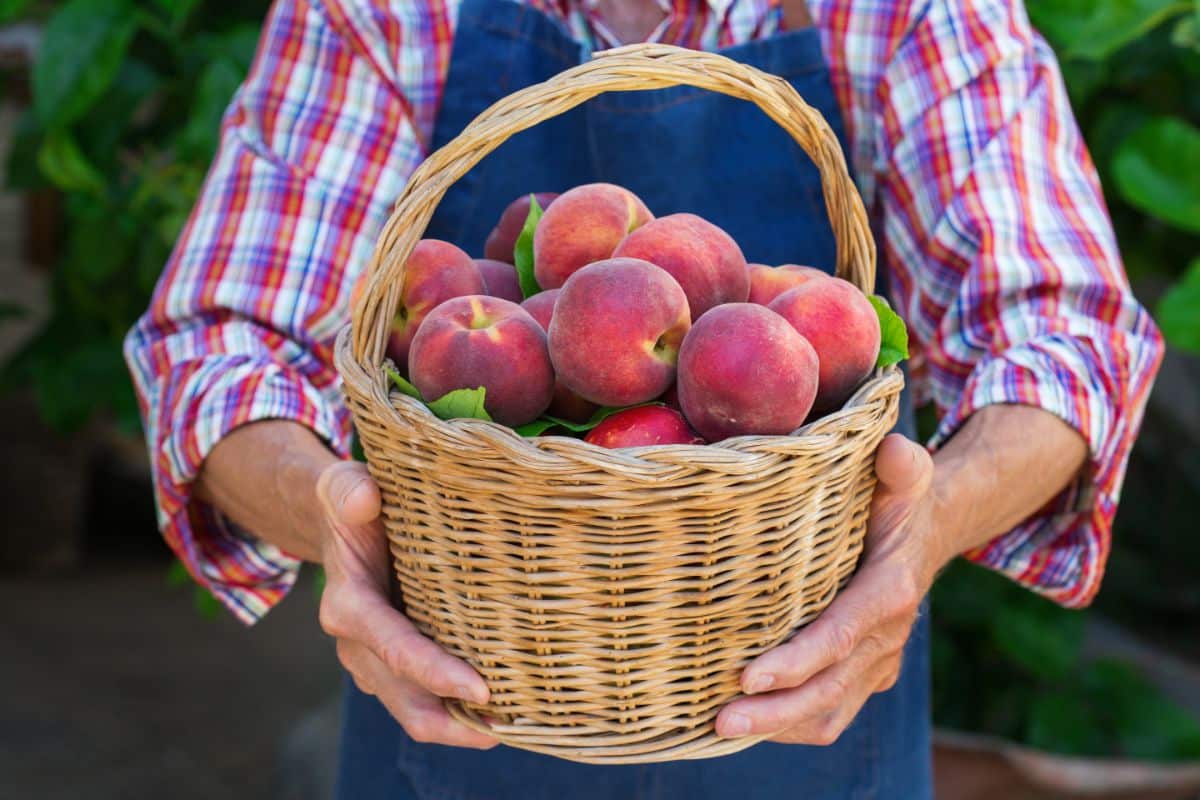
Only some types of fruits and vegetables can ripen after they are picked. Many, if not most, need to be left to peak ripeness or readiness on the plant, vine, or bush before they are picked.
Jump to:
- Why Ripening Ability Matters
- Climeractic and Non-Climeractic Fruits and Vegetables
- Fruits and Vegetables that Can Ripen After Picking
- Using Ethylene Producers to Ripen Sensitive Fruits and Vegetables
- A Bit About Other Types of Fruits and Vegetables and Ethylene Sensitivity
- Buying Produce that Can Ripen Off the Parent Plant
Why Ripening Ability Matters
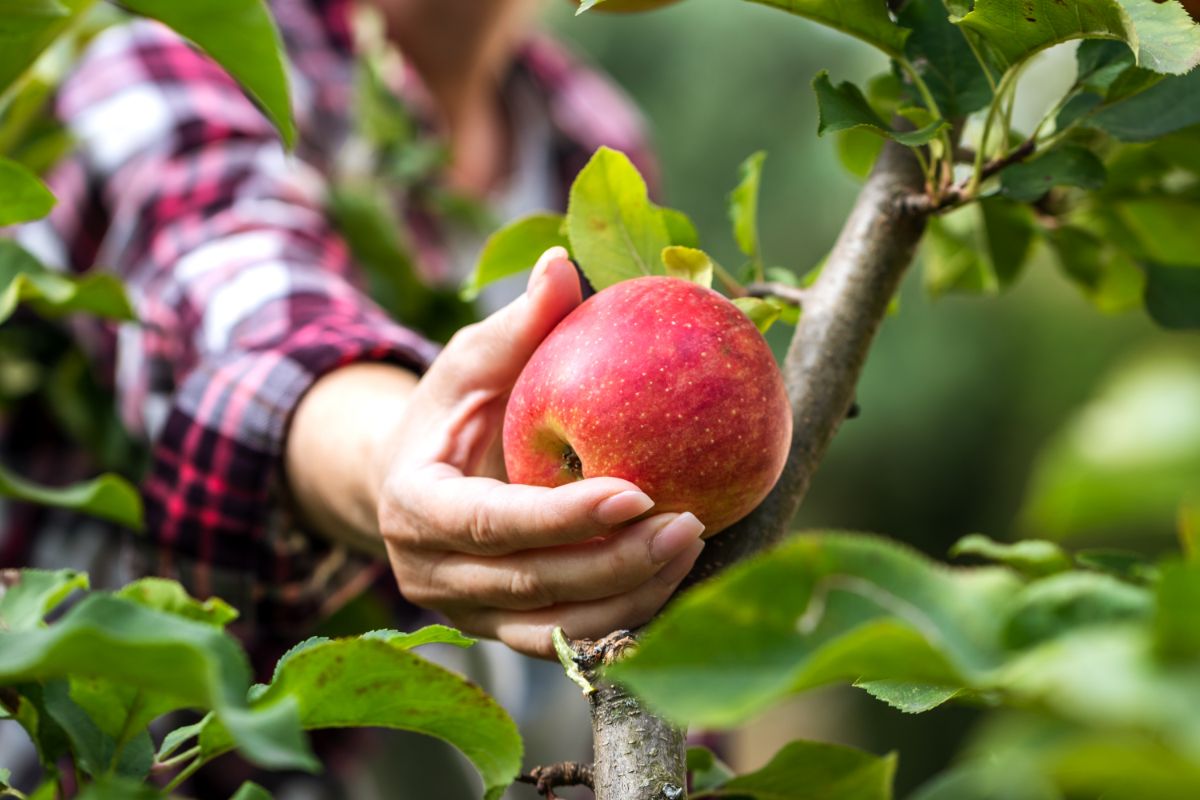
It’s good to know which types of produce can ripen after they’re picked so that you don’t pick something too young. In many fruits, berries, and produce, picking them too early when they can’t ripen or improve means the produce won’t taste very good. They may have a hard or poor texture, might be bitter, and they might just never be very good to eat or to use.
That’s not the case for things that can ripen after they’re picked, though. For produce that can ripen after picking, picking before fruit or vegetables are ripe has some advantages. These fruits and veg will be firmer and will ship and transport better. You may be able to save them from impending frosts or freezes. You may be able to save them from being eaten by competing birds and wildlife. And you may be able to save them from pests, insects, and diseases.
So sure—there are times when you might want to pick things that aren’t quite ripe. But ONLY if they are capable of finishing their ripening so they can be as good as they should be.
Climeractic and Non-Climeractic Fruits and Vegetables
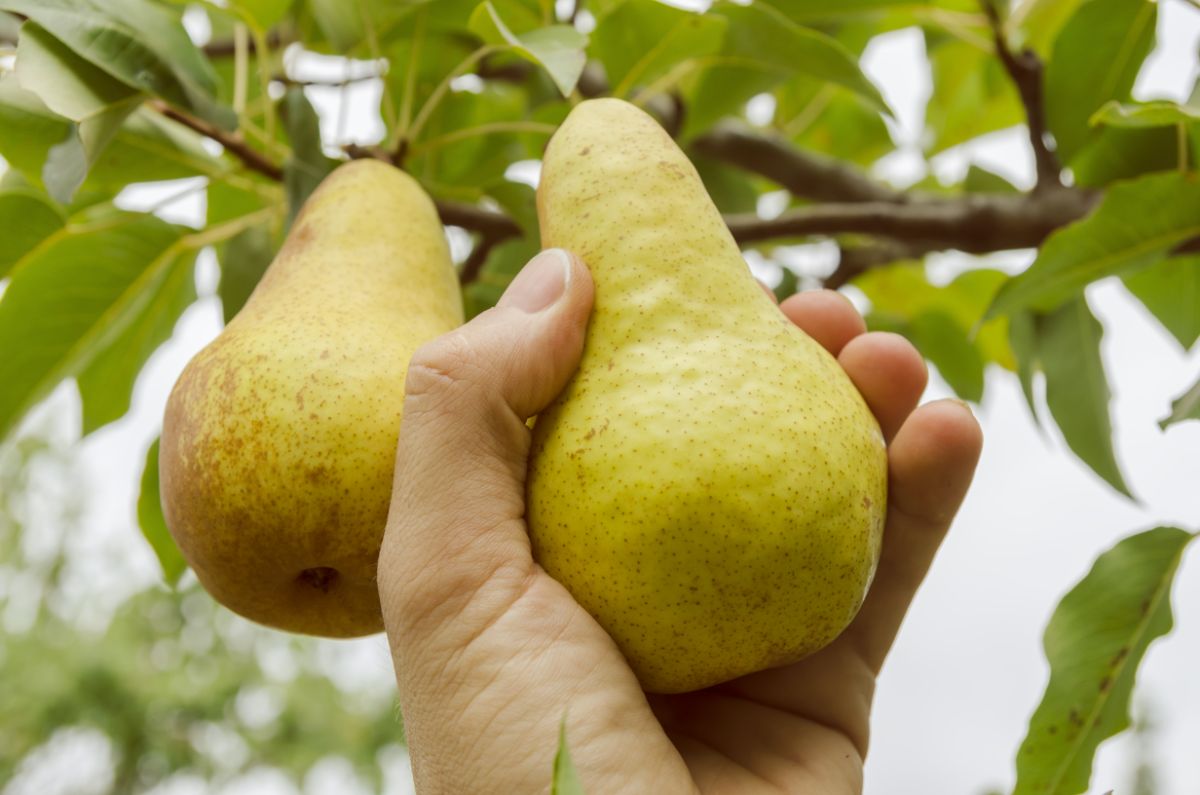
What makes a fruit or vegetable able to ripen after picking is whether it is climeractic or not. Only climeractic fruits and vegetables (usually those that produce and/or are sensitive to the natural gas called ethylene) can ripen after they’re picked.
There’s a little more to it, of course, and it’s interesting stuff, but that’s the important part you need to know for now.
Fruits and Vegetables that Can Ripen After Picking
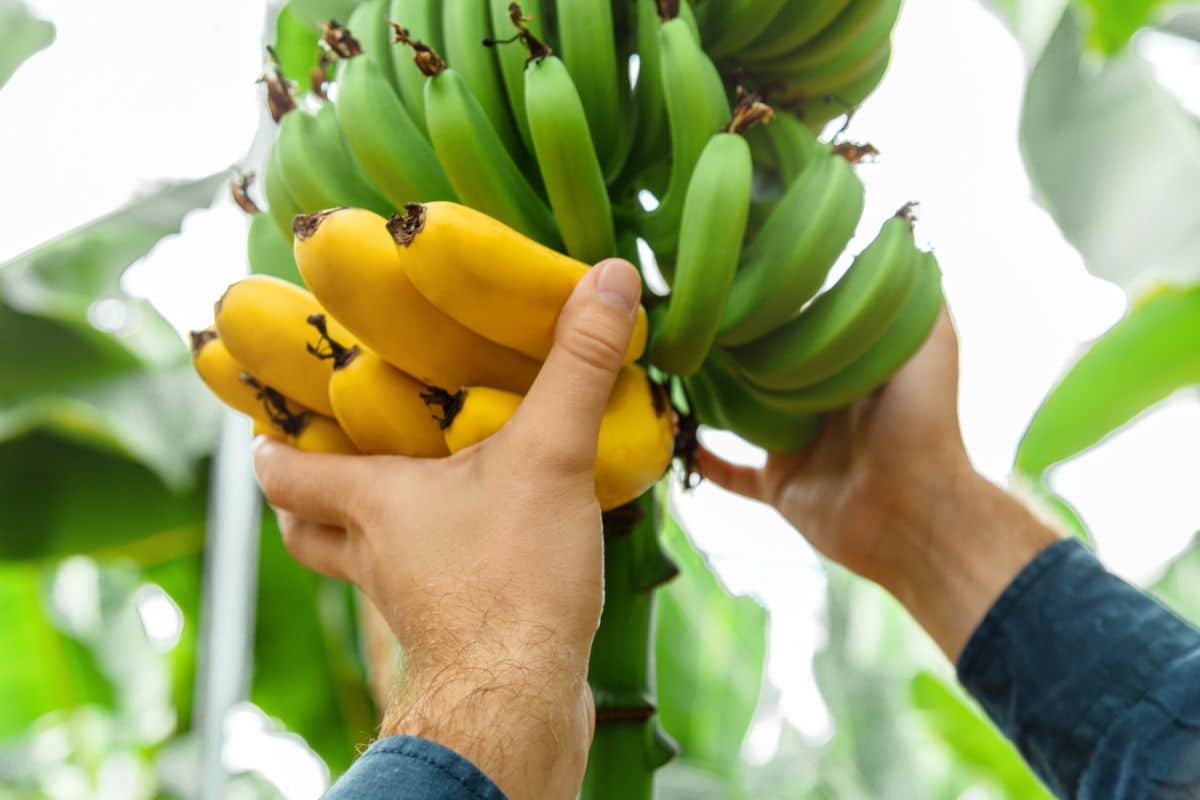
These fruits and vegetables can ripen after you pick them:
- Apples (*Many sources list apples as non-ripening fruit after they are picked. They do produce ethylene, so they should have continued ripening, though it is often recommended that you pick apples at a ripe stage you are happy with).
- Apricots
- Bananas
- Avocados
- Chile peppers and some types of hot peppers (peppers are less well-defined, so you may have to experiment with the types you buy or grow)
- Papaya
- Honeydew melon and Cantaloupe (Most melons, like watermelon, will not ripen after picking, but some sources list cantaloupe on both lists, probably because they are known to get softer and juicier, but they don’t get any sweeter after picking.)
- Mangoes
- Nectarines and peaches
- Plums
- Pears
- Tomatoes (tomatoes might be the most well-known climeractic fruit/vegetable...technically a fruit, and they are often ripened indoors, especially at the end of the season when frost is imminent)
- Kiwi
- Plantain
- Potatoes
- Guava
- Dates
- Jackfruit
- Pawpaws
- Persimmons
- Quince
- Tomatillos
- Ground cherries
Using Ethylene Producers to Ripen Sensitive Fruits and Vegetables
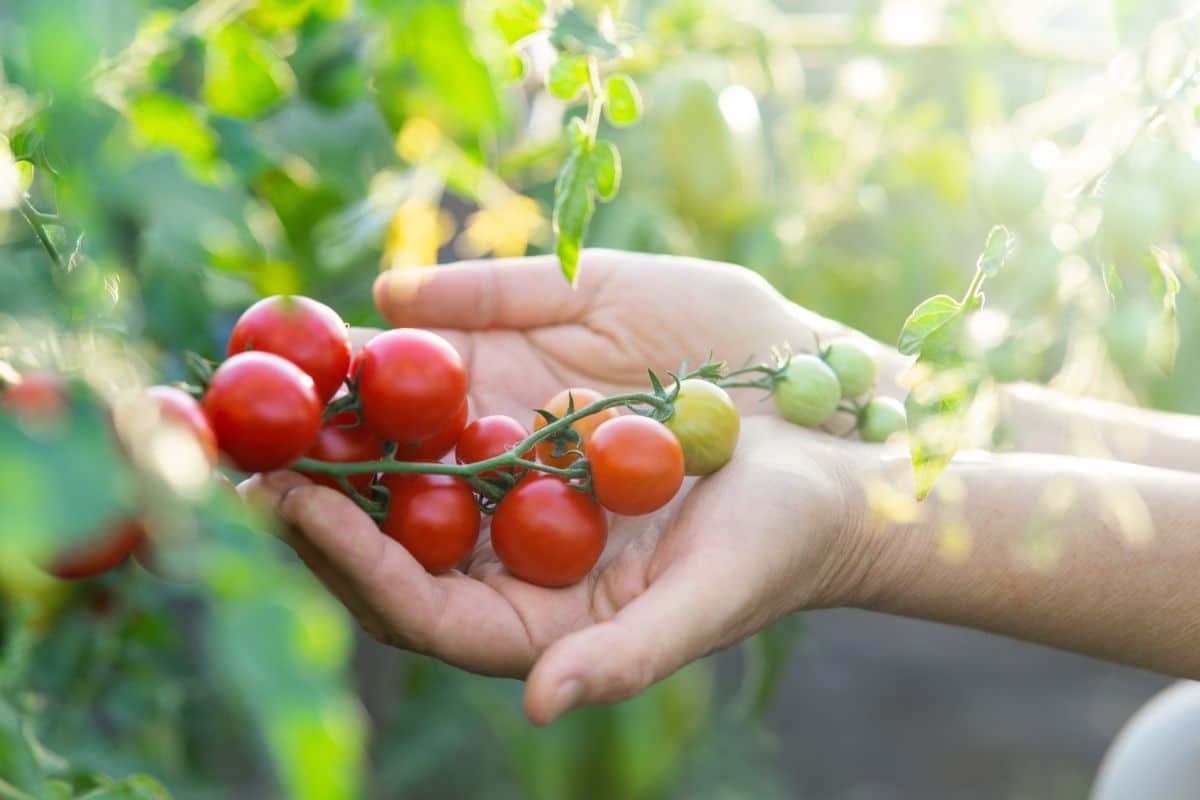
Things that can ripen off the plant, bush, or vine are almost always either ethylene-producing fruits and vegetables or they are types of fruit and vegetables that are sensitive to ethylene. Ethylene is a gas that is naturally produced by fruits and vegetables. It causes them to ripen.
If you want produce to ripen faster, you can usually put a high ethylene-producing fruit in with it to speed it along. But know that no amount of ethylene can make a piece of fruit or vegetable ripen if it is incapable of ripening after it is picked from its parent plant.
Bananas are the biggest ethylene producer that helps other fruits and vegetables ripen. Apples are the second choice (and one some people prefer because they don’t turn as mushy or messy as bananas). Avocados are also top producers of ethylene.
Apples and bananas are often placed with green or underripe tomatoes in bags or boxes to make them ripen better and faster. Flushing with ethylene gas is a common practice that commercial growers who hold and ship green tomatoes use when they want the tomatoes to ripen and redden for sale. Using apples or bananas is a similar but more DIY and more natural way to do this at home.
A Bit About Other Types of Fruits and Vegetables and Ethylene Sensitivity
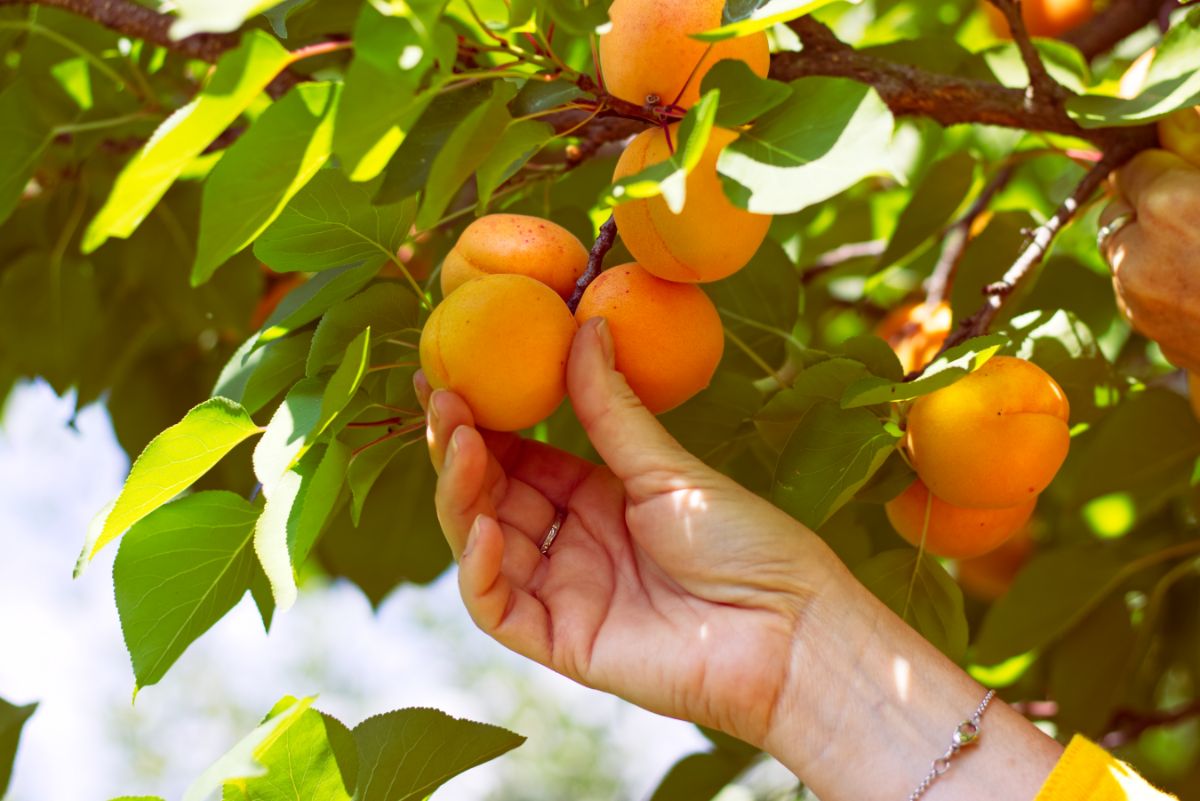
Some other types of fruit and many vegetables are not clearly defined as to whether they are able to ripen off the vine or off the plant. A lot goes back to the fact that many vegetables don’t have a clearly defined “ripe” stage. Vegetables can often be picked young or at peak (like baby lettuce or baby spinach, for example). Ripe isn’t necessarily an issue one way or another.
Many vegetables and fruits are sensitive to the ethylene that is produced by other fruits, though. So, if you store ethylene-sensitive produce with ethylene-producing fruits, you might accidentally make them age too quickly, deteriorate, get tough or woody, or start to decay, lose texture, or flavor.
The rule is, if you don’t want vegetables and fruits to age prematurely, don’t store them with ethylene-producing produce. It’s best to store all fruits and vegetables by type and to store fruit and berries separately from vegetables. This is true for both refrigerated and non-refrigerated produce. It is also true for vegetables and fruits that are kept in a cold room or in cold storage.
Buying Produce that Can Ripen Off the Parent Plant
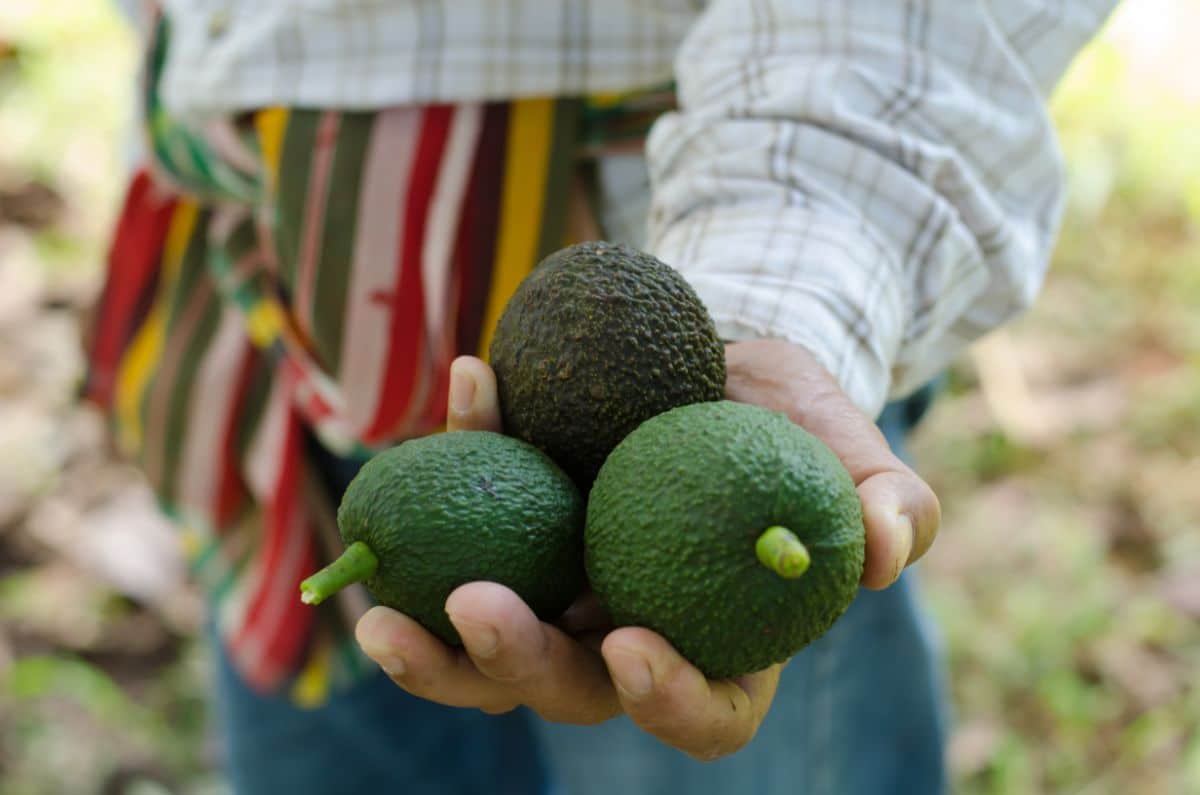
It’s a good idea to know which produce can still ripen after it’s picked because this helps you pick your garden produce, but it also helps you shop in the stores and local markets.
If you know a piece of fruit can ripen and soften some more, you know you can buy it and have a good piece of fruit to eat in a few days. On the other hand, if it can’t, you know to leave underripe and unripe fruits and vegetables on the shelf. They won’t be getting any better.
It’s a very good thing to get to know the fruits and vegetables that can improve after they are picked. Knowing this will ensure that you can always pick a good fruit or vegetables, whether it be of your own bush or vine or at your local produce market.
Know your fruits and vegetables, and Eat well!

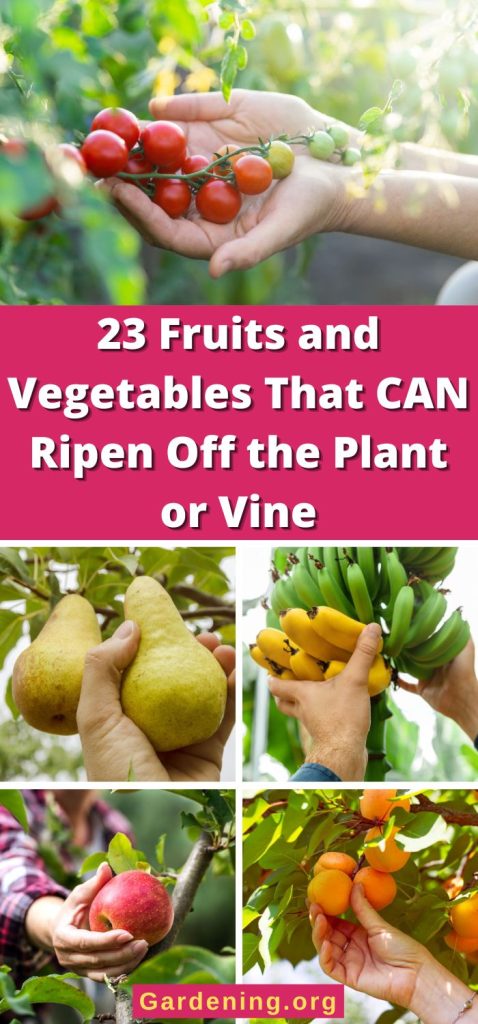
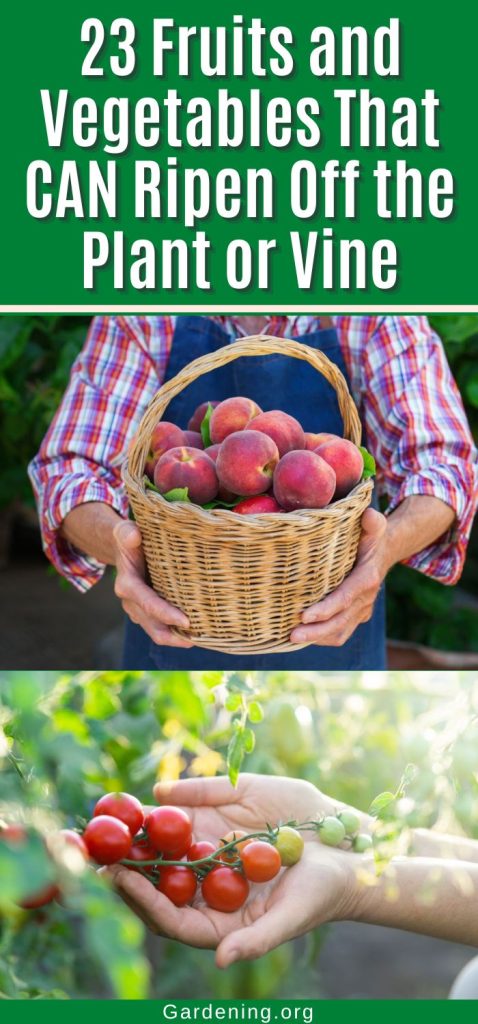
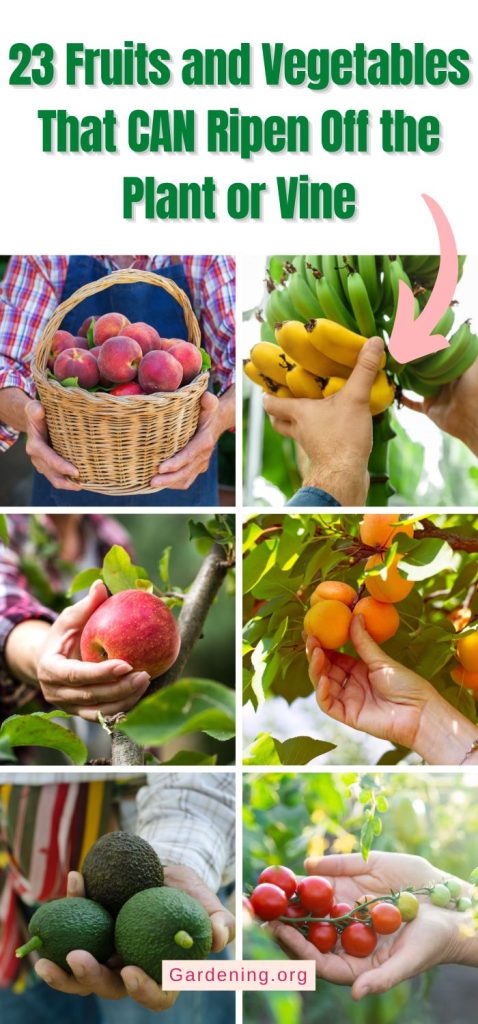
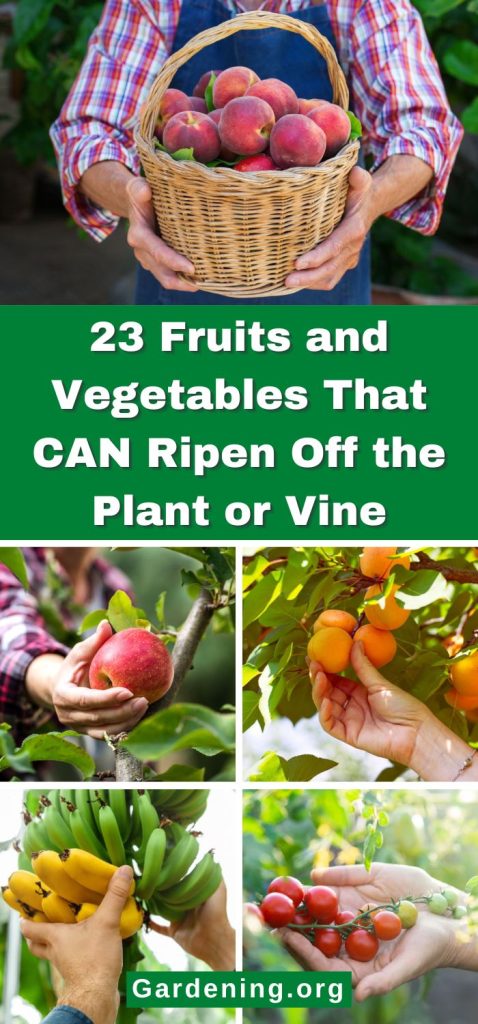
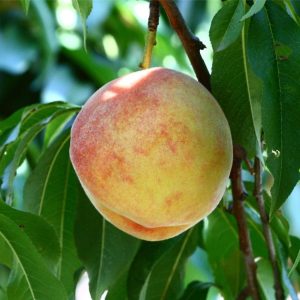
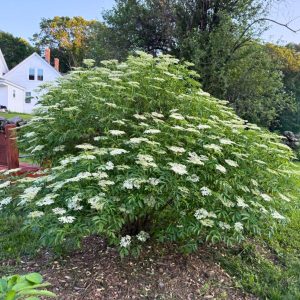
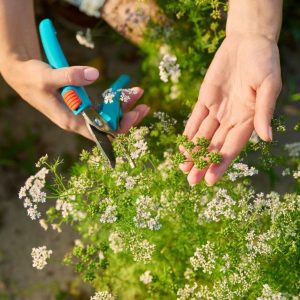
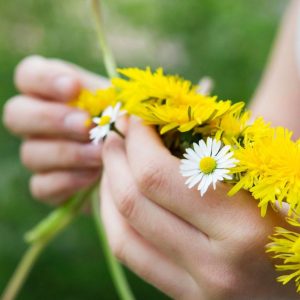
Leave a Reply